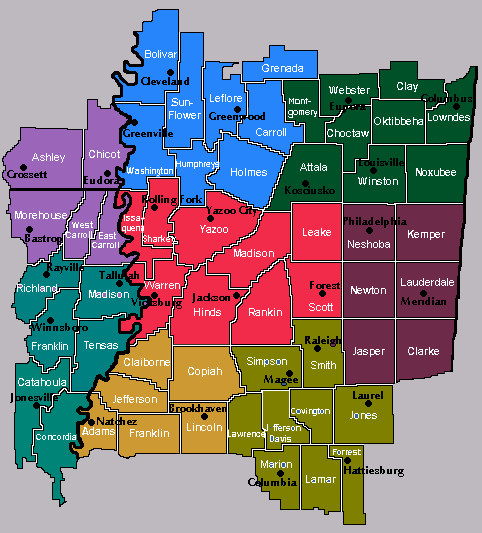Precipitation Types and Details

-
Rain - General or patchy liquid precipitation, not showery and usually in a stable or neutral temperature atmosphere; small and medium sized water drops.
-
Drizzle (DRZL) - General or patchy liquid precipitation in a stable or neutral atmosphere; very small water droplets that appear to float in the atmosphere.
-
Freezing Rain/Drizzle (Frzg Rain/DRZL) - Liquid precipitation that freezes upon contact with ground, surfaces or vegetation.
-
Sleet (SLT) - Precipitation in the form of almost clear grains or ice pellets, often mixed with rain or freezing rain.
-
Snow - General or patchy flakes of crystalline precipitation, usually not showery.
-
Snow Flurries (SNOW FLRYS) - Showery flakes or small white grains that rarely accumulate.
-
Showers (SHWRS) - Medium to large drops that usually begin or end abruptly - no thunder heard.
-
Thundershowers (TSHWRS) - Same as Showers but with thunder.
-
Thunderstorms (TSTMS) - Heavy or violent downpour of large water drops with strong gusty winds, lightning strikes, and small hail.
-
Severe Thunderstorm (SVR TSTM) - Violent downpour of large waterdrops, frequent lightning, wind gusts to 58 MPH or greater, and/or hailstones 1 inch in diameter or larger.
PRECIPITATION PROBABILITY
-
No precipitation expected (Chances 5% or less).
-
Isolated (ISOLD) - Precipitation chance 10 to 20%.
-
Slight Chance (SLGT CHC) - Precipitation chance 10 to 20%.
-
Chance (CHC) - Precipitation chance 30 to 50%.
-
Likely (LKLY) - Precipitation chance 60 to 70%.
-
Unqualified precipitation types - chances are 80 to 100%.
PRECIPITATION DURATION
Duration will be in hours for each of the three periods usually forecast in these ranges: 1 hr or less, 1-3 hrs, 2-4 hrs, 3-5 hrs, 4-6 hrs, and over 6 hrs.
PRECIPITATION AMOUNTS
Forecasts amounts will be the average model rainfall amount over the fire weather zone. During daylight time the periods are today (7AM-7PM), tonight (7PM-7AM), tomorrow (7AM-7PM). During standard time, the periods shift to: (6 AM-6PM), etc.
Precipitation amounts will vary by different categories, since it is difficult to pinpoint an exact amount of rain over a given forestry zone.
![]()